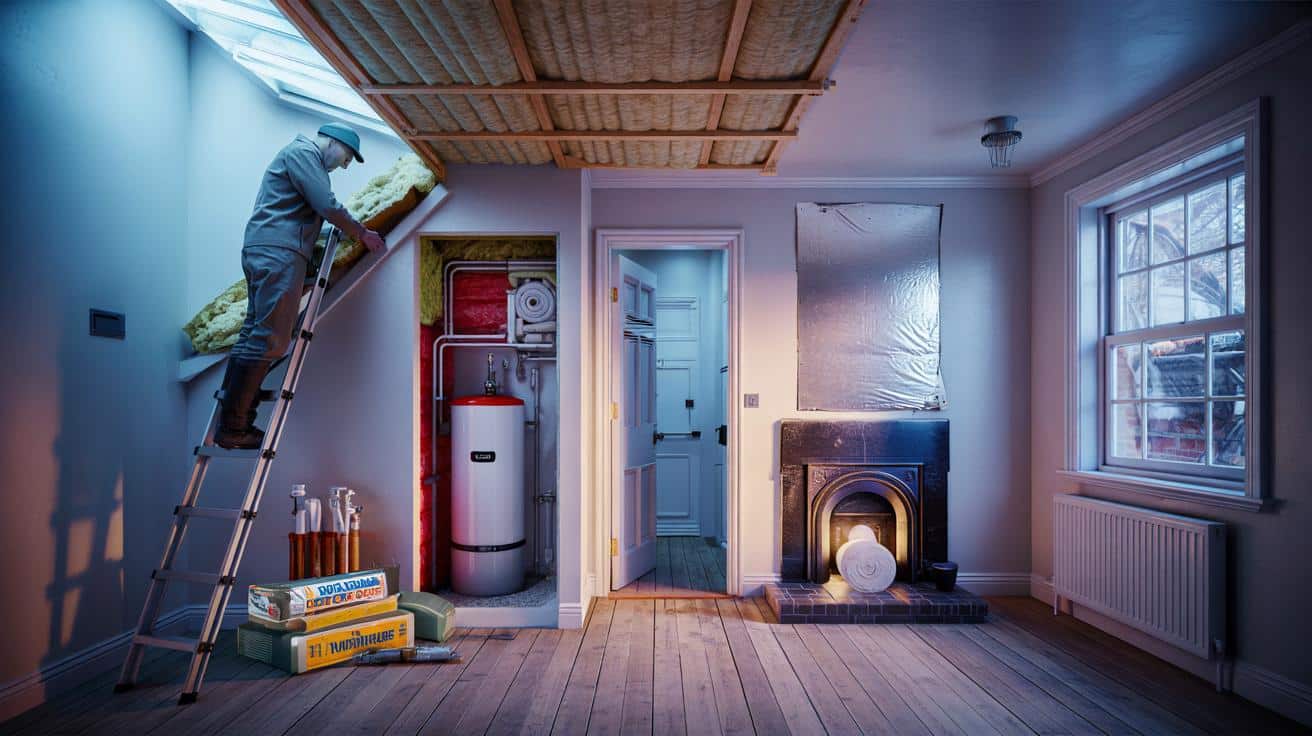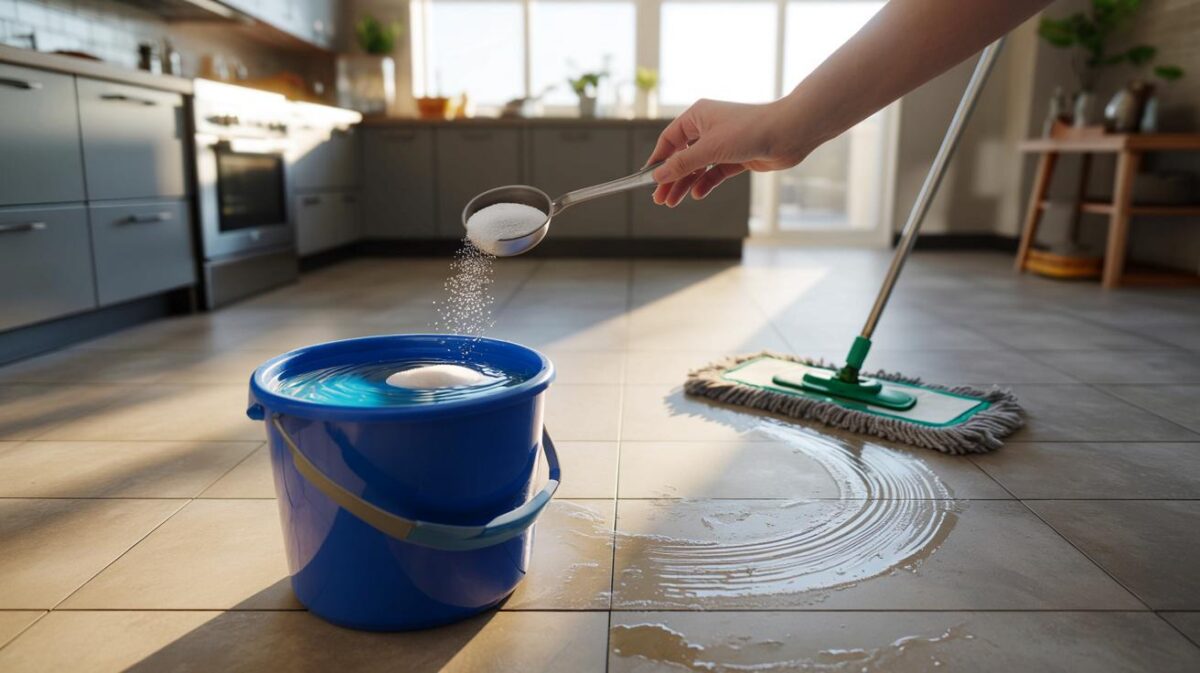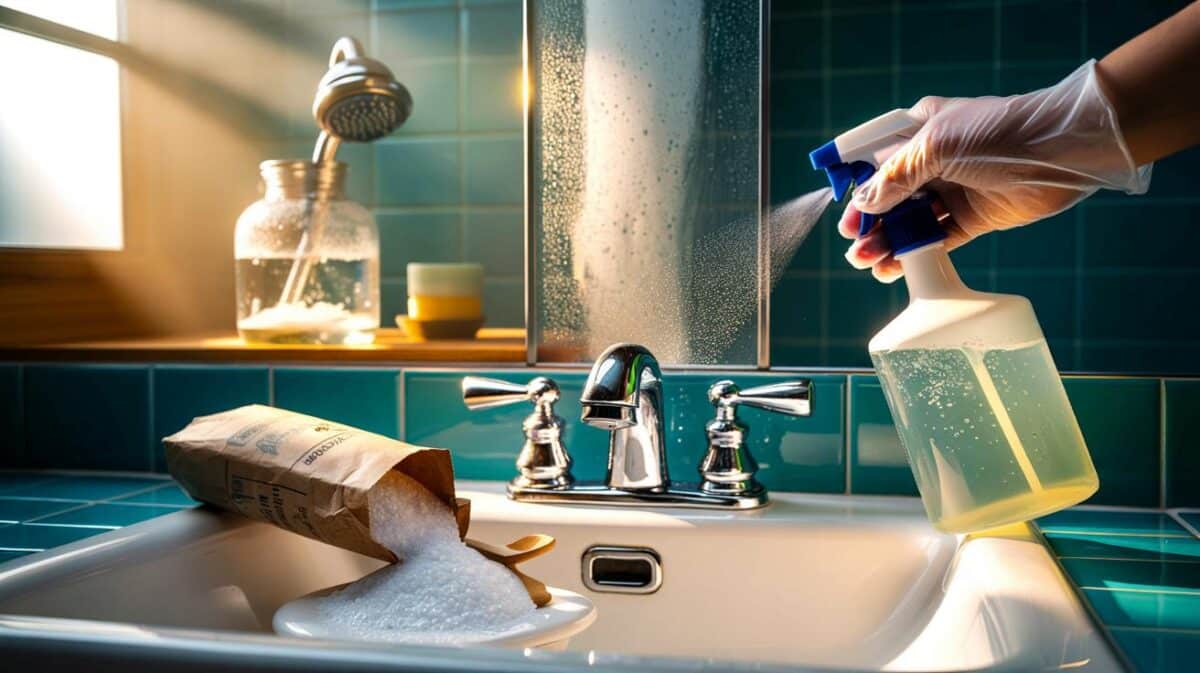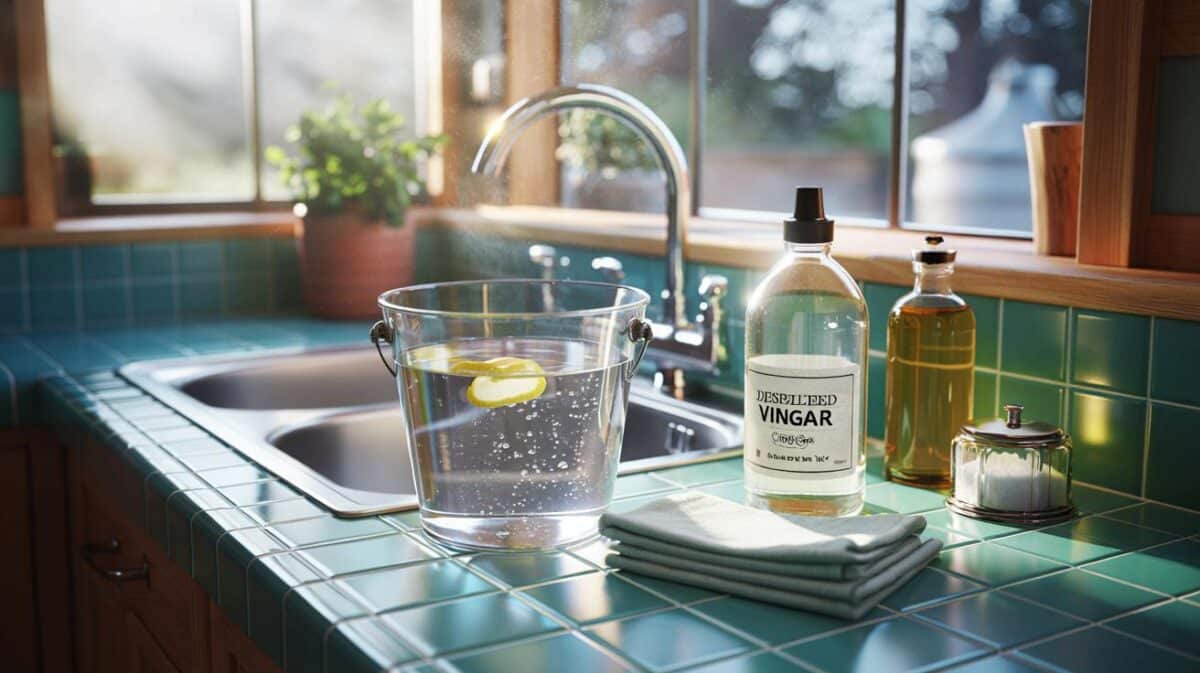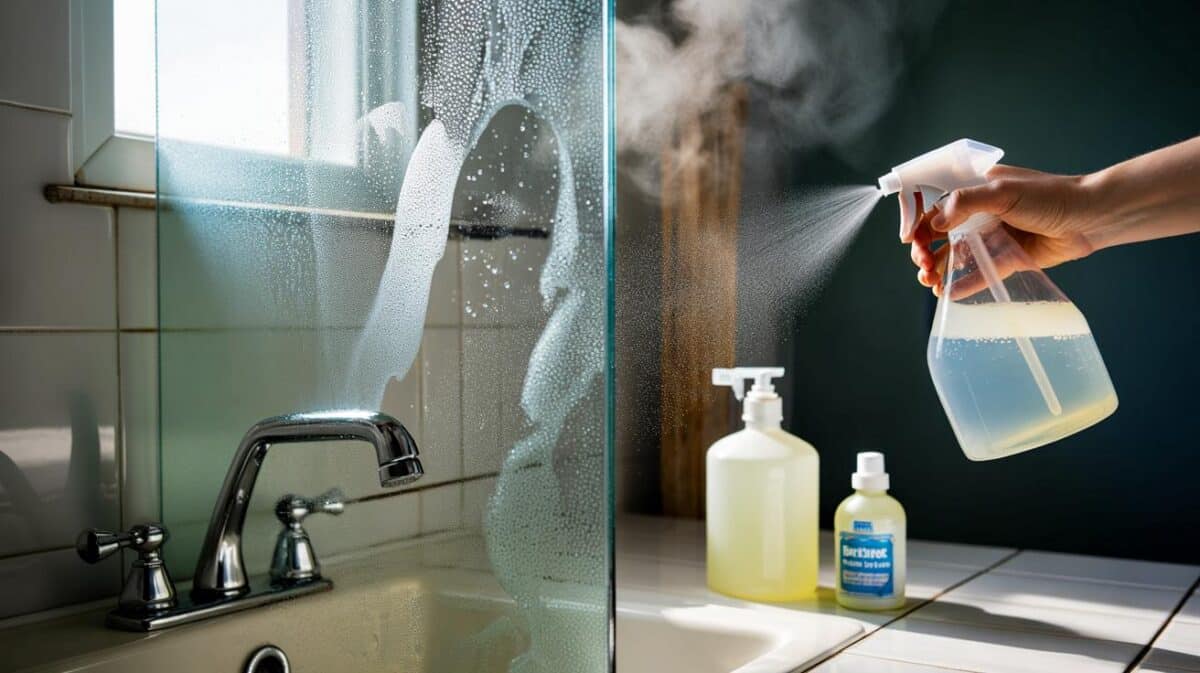Landlords talk about heat pumps and solar, yet the cheapest wins sit in plain sight: stopping warm air from slipping out and cold air from creeping in. That’s not glamorous. It works. And it changes how a place feels on a Monday night in January.
The keys clinked against the banister as Mark trudged up to the top-floor flat, breath fogging in the hallway. He could hear the boiler snarling away behind the kitchen door, radiators on full, draught pushing through the gap under the front door. The tenant had wedged a towel there, a soft, damp surrender. Mark pulled the loft hatch down and a curtain of cold air slid over his hands. No boarding. A thin layer of dusty insulation. Light bleeding in at the eaves. The cure wasn’t a brochure upgrade or a five-figure spend. It was a tape measure, a trolley in B&Q, and a Saturday.
He stared at the loft ladder and thought about the gas bill. The cheap fix was hiding in plain sight.
The quick wins most rentals still miss
Here’s the unsexy truth: gains under £200 often outpace fancier kit on comfort per pound. Loft top-ups to 270 mm, a brush on the letterbox, foam strips around the loft hatch, a chimney draught excluder, and reflective panels behind radiators on external walls. Two hours in, rooms hold heat longer, boilers cycle less, tenants stop nudging the thermostat. Start in the loft, not the showroom. It’s where heat goes to escape first, and where money follows it out through the tiles.
In Leeds, a small-time landlord I met spent £162 on a weekend blitz: mineral wool rolls, a hot-water cylinder jacket, pipe lagging, a letterbox brush, and a two-pack of chimney balloons. The next quarter, their gas use dropped 12% against the same cold spell, like-for-like occupancy. That’s not a lab study, just a bill and a raised eyebrow. Energy Saving Trust puts similar moves in the same bracket: draught-proofing can shave around £60 a year, a cylinder jacket near £60, and blocking an open chimney roughly £55. It adds up, fast.
Why it works is simple physics. In a typical older British home, you can lose a big slice through walls and the roof, then meaningful chunks through floors, windows, doors, and all the sneaky gaps you barely see. Warm air rises and flees through that thin loft layer and unsealed hatch. Cold air sneaks under doors and through unused fireplaces, forcing your boiler to run harder. Fix the escape routes, and you lower the heat demand at source. That’s not just cheaper bills. It eases damp and condensation, softens noise, and nudges an EPC score without calling in the cavalry.
Nine upgrades that should already be ticked off
Loft top-up to 270 mm: roll 100 mm between joists, then cross-layer 170 mm on top. Keep eaves vents clear and use a simple loft-lid insulation pad or draught strip around the hatch. While you’re there, slip on a cylinder jacket if you’ve got a hot-water tank, and lag the first metre of exposed pipes. It felt like the house exhaled. If you want a cherry on top, stick radiator reflector foil behind rads on external walls so warmth bounces back into the room.
Common pitfalls are easy to dodge. Don’t squash insulation under boarding, it kills performance; use raised loft legs or leave paths clear. Leave breathing space at the eaves; you want airflow, not a sweaty roof. Keep safe zones around downlights or use fire-rated covers. For windows, use secondary glazing film in winter, cut tight and sealed with a hairdryer. And those floorboard gaps? A rope filler or elastomeric seal makes a real dent in draught without messing with the look. Let’s be honest: nobody actually does that every day.
Small habits count, yet kit makes the gap you can feel at 9 pm. Warm homes rent faster.
“We swapped a letterbox brush and added a chimney balloon, and the lounge stopped feeling like a bus stop,” says Carla, who manages 28 terraces in the North West. “Tenants mention ‘cosy’ now. That’s the word that keeps voids short.”
- Loft insulation top-up (4 rolls mineral wool): £80–£140
- Hot-water cylinder jacket: £20–£30
- Pipe lagging (10 m): £12–£18
- Letterbox brush + door seals: £15–£25
- Chimney draught excluder: £15–£30
- Radiator reflector panels (pack): £15–£25
- Secondary glazing film (two windows): £10–£20
- Floorboard gap filler: £20–£35
Small fixes stack up.
Where this leaves landlords in 2025
National rules may sway and wobble, yet tenants, lenders and local standards push the same way: warmer, cheaper-to-run homes. You don’t need a grand project to shift the dial. You need a list, a trolley, a free Saturday, and the quiet patience to seal the holes the weather finds. We’ve all had that moment when a kettle steams and the windows mist, and you know the place is struggling. That’s the moment to act. Get the loft right, tame the draughts, and the rest of your upgrade plan gets easier. People notice the feel of a room before they notice the brand of the boiler. And that single choice can turn a winter complaint into a spring renewal.
| Key points | Detail | Reader Interest |
|---|---|---|
| Loft top-up and hatch sealing | 270 mm total mineral wool, clear eaves, insulated hatch, raised boarding | Biggest heat-loss cut for low spend |
| Draught-proofing stack | Letterbox brush, door seals, chimney balloon, floorboard fillers | Instant comfort gain, fewer complaints |
| Hot water and radiator tweaks | Cylinder jacket, pipe lagging, radiator reflector panels | Warmer rooms, lower boiler run-time |
FAQ :
- What’s the cheapest insulation job with the biggest payoff?Loft top-up to 270 mm, plus sealing the loft hatch. It’s quick, DIY-friendly, and stops heat escaping where it tries hardest.
- Will these upgrades move my EPC rating?Often yes, especially loft insulation, hot-water tank insulation, and draught-proofing notes. EPC assessors look for visible measures and recorded thickness.
- Can I use these in a listed or conservation property?Yes for reversible and discreet measures like secondary glazing film, draught seals, chimney balloons, and floorboard gap fillers. Always check local guidance for anything structural.
- How fast is the payback?Many of these pay back inside one to three winters. A £20 cylinder jacket can pay for itself in months; a £100 loft top-up often returns within a couple of seasons.
- Do tenants actually notice?They notice fewer draughts, steadier warmth, and quieter rooms. That often means longer stays, better reviews, and fewer 9 pm boiler panic calls.
